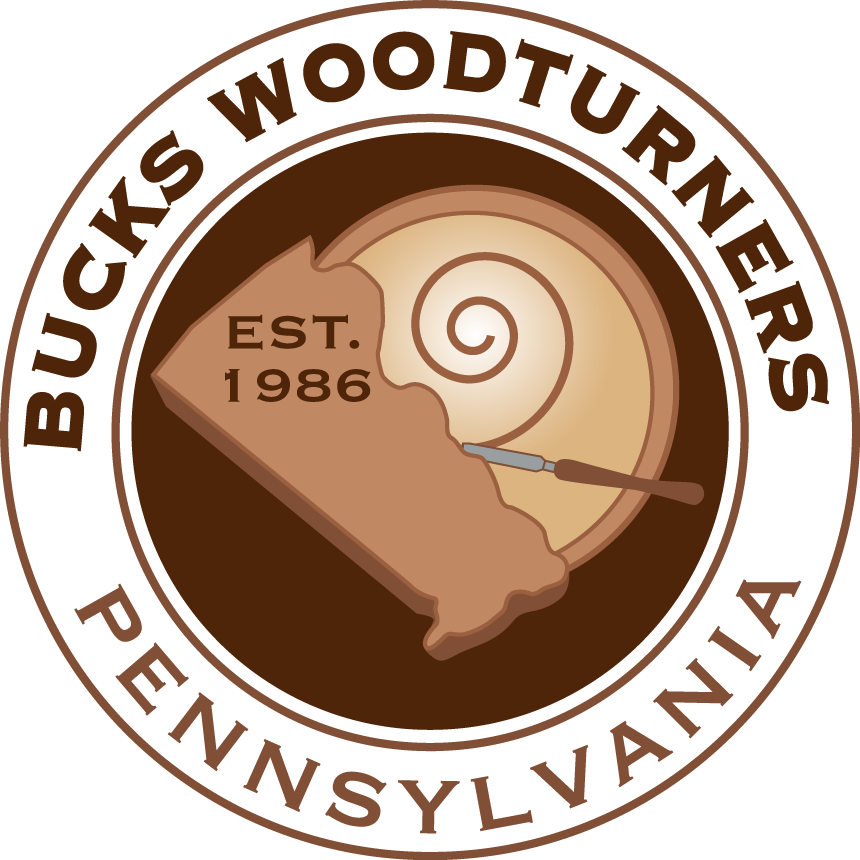March 3rd Show Notes
Dave Nowicki wins the novel wood of the week award! While he likes Maple, he really likes Spindle Tree. This small tree or shrub, Euonymus europaeus, grows throughout Europe and reaches heights of 10- 20 feet. The German site Feines Holz (Fine Wood) describes the wood as hard dense and almost white in color, reminiscent of Holly. A word of warning: it was named Poisonous Plant of the Year in 2006. Feines Holz sells pen blanks of Spindle Tree for 4 EUR.
Brian Maguire described Mulberry as an open grained wood similar to ash but softer. The Wood Database confirms Brian’s comment of its brown colored heartwood darkening with age. It also compares Mulberry to Osage Orange and Black Locust in appearance. They show a video of Black Locust fluorescing under a black light as a means of identification!
Mesquite is one of Joe Seltzer’s favorites for his turnings. He finds Mesquite to be very stable. Did you know there are 7 species of Mesquite, and it is referred to as the “thorny jewel of the American Southwest?” WOOD Magazine has an excellent description of the wood, its range and availability. They agree with Joe regarding its stability and resistance to shrinking and checking.
On the other end of the stability spectrum is another of Joe’s favorites- Madrone! Popularized by Christian Burchard, this northwest wood is known for its distortion and leather-like surface after it dries. Here are a couple of interesting quotes from purveyors of Madrone:
“The look of madrone is like steamed European pear,” says John Keppinger of Klamath Falls, Ore., who has been a madrone dealer for more than 30 years. “It’s a real beautiful wood and it oxidizes a rich chocolate brown with a pinkish color to it. As it ages, it just gets prettier and prettier, just like cherry does.”
“The majority is sold as lumber, mostly it goes into furniture and cabinetmaking,” says Myles Gilmer, of Gilmer Wood Co., in Portland, Ore. “The Krenovian guys like it because it is sort of a domestic sustainable species that has the characteristic and colors of pear, which they like. It’s a pretty fast-growing tree and there are large amounts of it, and it doesn’t seem like it is threatened by any forest pests.”
Joe also mentioned Buckeye Burl. If you have a lot of cash burning a hole in your pocket, Cook Wood has some nice-looking pieces.
Bob Collins likes Maple, especially Box Elder. Bob noted the various species of Maple out there: Big Leaf Maple, Sugar Maple, Red Maple, Silver Maple and Box Elder. There are over 125 species of Maple, and there are figures that a particular to maple (Birds Eye, Curly. Etc.). He also like Yew, as does Al McCarty and
Brian likes turning Cherry and Maple, as well as yew. He commented on how easy it is to turn Yew even after it has sat around 10 years. It’s got a nice aroma to it as well! Here are some other aromatic woods that were mentioned: red cedar, sassafras and camphor wood.
Brian talked about turning Cherry roots. Frank Huttenlock really like turning Yew roots!
There was some discussion on the toxicity and reactions people have to different woods. Here’s a good resource.
Speaking of potential reactions, Gil Malave likes cocobolo and has no problem turning it. He also likes ebony and boxwood. He really like Rock Maple from Monteath Lumber. Boxwood and African Blackwood are well know for their ability to show off fine details and crisp lines. Joe showed some examples from the Weissflogs.
Gil also mentioned that Wood Turners Finish is a great finish if you want to retain the natural color of light woods. It is easy to apply and build up coats. He also talked about Guayacan, a native hardwood of Puerto Rico that is used to make mortars and pestles. Gil then showed a beautiful platter he made from the 600-year-old oak from Basking Ridge NJ.
Tom Gall likes burls for their easy cutting. He’s purchased burls from Oregon and mentioned he likes the fine grain of holly for his ornaments.
Joe Seltzer also talked about Algerita. It also known as Desert Holly and grows to be 3-8 feet tall. Here is an Algerita Burl spoon made by Norm Sartorius. Chechen Burl, or Black Poison Wood was also mentioned as a very nice hardwood that is great to turn. It’s said to be similar to rosewood.
Bob Crowe likes Silver Maple- it is “like turning butter.”
Bruce Quigley likes Holly and is looking for an excuse to take one down in his yard. White versus gray According to Bell Forest, Holly must be cut down in winter to avoid blue o-stain or graying. Bruce also likes turning butternut and Mahogany.
Doug James loves ebony, teak, burls, and of course, Maple is a staple. He hasn’t experienced any problem with wood dust and allergies.
Al and Ward are partial to Cherry and Walnut. All commented on Cherry’s color development with age. Bob Crowe showed an amazing Cherry Burl.
Pagoda Wood- Bob Collins made a nice bowl from this wood. It is said to be related to black locust. He is looking for more!

